You are a caregiver, a giver of care. You are a member of a community who intentionally sets their needs aside to address the needs of others. This is a noble calling. However, I’m going to keep the focus on you for a moment. Your health is important too! After all, when you are healthy, you are better able to care for your clients and your loved ones. This is an idea that we all struggle with at some point, but I’m asking you to give it some real thought right now.
Did you know that the best estimates say back injuries may account for up to 40% of all missed workdays in the US yearly? With an average of 7.2 days lost per injury, this can cause not only back pain, but financial pain due to lost work, headaches from having to deal with insurance adjusters, and the worry we all have about the clients we’re not able to see. On top of that, the #1 predictor of a future episode of back pain: a previous episode of back pain. That’s right! If you’ve had it before, you are much more likely to have it again.
Ready for some good news? Many of these injuries were preventable. Injuries are not inevitable and are, much of the time, preventable. I’ve seen more care providers than I can count in my clinic over the years and each of them, nearly to the person, have described poor lifting technique paired with the belief that “it’s not going to happen to me,” as contributors to their injury. It doesn’t have to be this way. That’s where we have even better news! With just a little bit of knowledge and practice, you can be an even better caregiver than the superhero you already are!
Master the Squat
Squatting is NOT just about bending your knees and getting lower. When you’re squatting, you’re positioning yourself to activate ALL of the large muscle groups in the lower half of your body. Those muscle groups are then standing by to safely exert a force. This can mean lifting a heavy weight or helping a client to stand safely.
Key Points:
With your chest out and shoulders back, stick out your butt and bend your knees. This will help you hinge at your hips and use your calves, quads, glutes, and core TOGETHER!
Your Base of Support
Think about this: Is it easier to push over a tower of blocks or a pyramid of blocks? The pyramid is the sturdier structure because of its wider base of support. It is critical that you position yourself as that stronger structure with superior balance when you’re helping your clients.
Key Points:
It’s important to have your feet wide (like a football player ready to make a tackle, not like a gymnast ready to do the splits!) with one foot slightly ahead of the other. This way, whether you are pushed from the back, front, or either side, you are not thrown off balance.
Manage Distance
One of the tests we do to measure our own clients’ balance (and fall risk) is called “the Standing Reach Test.” It measures a person’s ability to reach outside of their base of support. The further a person is able to reach, the better their balance. The further YOU reach in trying to help someone, though, the more likely you are to be injured!
Key Points:
Get as close as possible to a person when you are trying to help them transfer. This way, you can use your whole arm and if they start falling into you, you can use your shoulder as well to stabilize (because you already have an excellent base of support!).
Giving Effective Instructions
The more your client is able to help you, the less work you will have to do to lift them. This also means that they will have better balance and the transfer will be safer overall. To work more effectively together, you must provide effective instruction.
Key Points:
Keep your instructions (unlike this article) as brief as possible. I like a 5-step stand up:
- Scoot to the edge of the chair
- Feet under your knees
- Hands on the armrests (to push up)
- Nose over your toes (bend forward)
- Push to stand
Summary
- You can prevent back injuries when providing help getting out of a chair with only a few simple steps.
- Practicing your own body movements, managing space, and giving effective instructions are the most helpful in providing assistance getting up from a chair.
- Preventing back injuries is not only possible, but it isn’t complicated. You can help for longer with only a few simple steps.
Recommended Related Articles:
https://origin-rehab.com/fast-tests-to-predict-fall-risk-in-older-adults/


